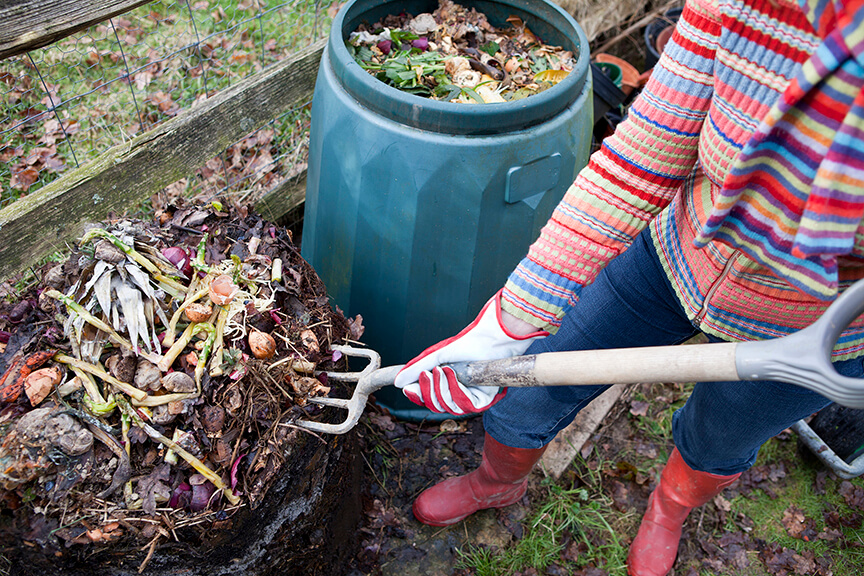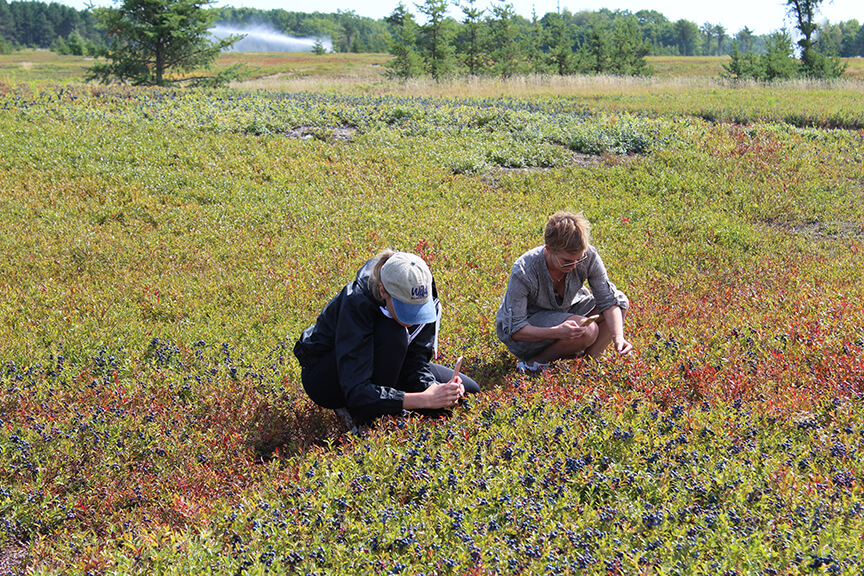On This Earth Day: Eat Wild
Of all the commemorative days (and there are many), Earth Day holds special meaning, probably because, unlike some of the less significant, inconsequential ones – Singles Awareness Day or National Doughnut Day – Earth Day applies to everyone.
Celebrated each year at the beginning of spring in the northern hemisphere (and the beginning of fall in the southern hemisphere) Earth Day is observed at that special time of the year when the sun sits directly above our Earth’s equator, and the length of day and night is nearly equal.

This year, Earth Day falls on Sunday, April 22, and much is being done to observe this important day and to bring people together in camaraderie.
In spite of our differences, we all live together on this beautiful blue planet. Today, there is widespread awareness of the impact humans have upon the earth, including the dangers of plastics, pollution and greenhouse gas, as well as practical recommendations on how we can reduce our impact.

So, what can you do to make a difference?
It goes without saying that every day is Earth Day, but as a tribute to earth, I make a point of revisiting my commitment to a clean and healthy planet and to commemorate earth with a few simple acts:
- Take my daughter and her friends for a walk at a park or local land trust
- Recommit to my re-use, recycling, and composting habits
- Recommit to my energy conservation practices
- Reduce my food waste
- Get involved in national activities designed to make a difference
- Prepare more meals using wild ingredients
I like to eat wild foods whenever I can, but on Earth Day it’s a particularly tangible way to bring the Earth into your day. Wild Foods have a delicious potent taste that can’t be matched by hybridized or GMO foods. Many wild foods have deeper pigments that are often associated with healthy protective compounds. For example, the deep-blue pigments in Wild Blueberries are packed with flavonoids, powerful antioxidants with anti-inflammatory and immune system benefits. Wild Blueberries also have antiviral characteristics. They are naturally low in fat and sugar and high in fiber.

Wild foods epitomize the notion of provenance because they are indigenous, and they grow right where Mother Earth put them. Sadly, most of us can’t source the food we eat to a map of the world. If you stop to think about it, can you identify where 100 percent of your food comes from? (A school I know placed a map of the world in their dining hall and marked where they source all ingredients, allowing students to reflect upon—and reconsider—where their food comes from).
The beauty of a wild food like Wild Blueberries is that it grows on a large scale in only one singular place on earth: Maine and eastern Canada. So, when you purchase Wild Blueberries at your local supermarket, you know exactly where they came from. If you can’t get outside to forage your own meal on Earth Day, it’s easy enough to source wild ingredients from a local health food store or grocery store.
Here’s a list of Wild Food suggestions you could try:
- Wild Greens (such as dandelion, lambs quarters, purslane, violets, and more)
- Wild Fish (check this guide for what to buy.)
- Wild Meats (such as venison, bison, rabbit or pheasant)
- Wild Rice
- Wild Mushrooms
- Wild Blueberries

Dr. David Yarborough, Wild Blueberry specialist and professor of horticulture at the University of Maine, gives us more reasons why Wild Blueberries are one the most earth-friendly foods on the planet.
Earth Day is right around the corner. Embrace it this year by working toward a healthy plant and by eating wild.

